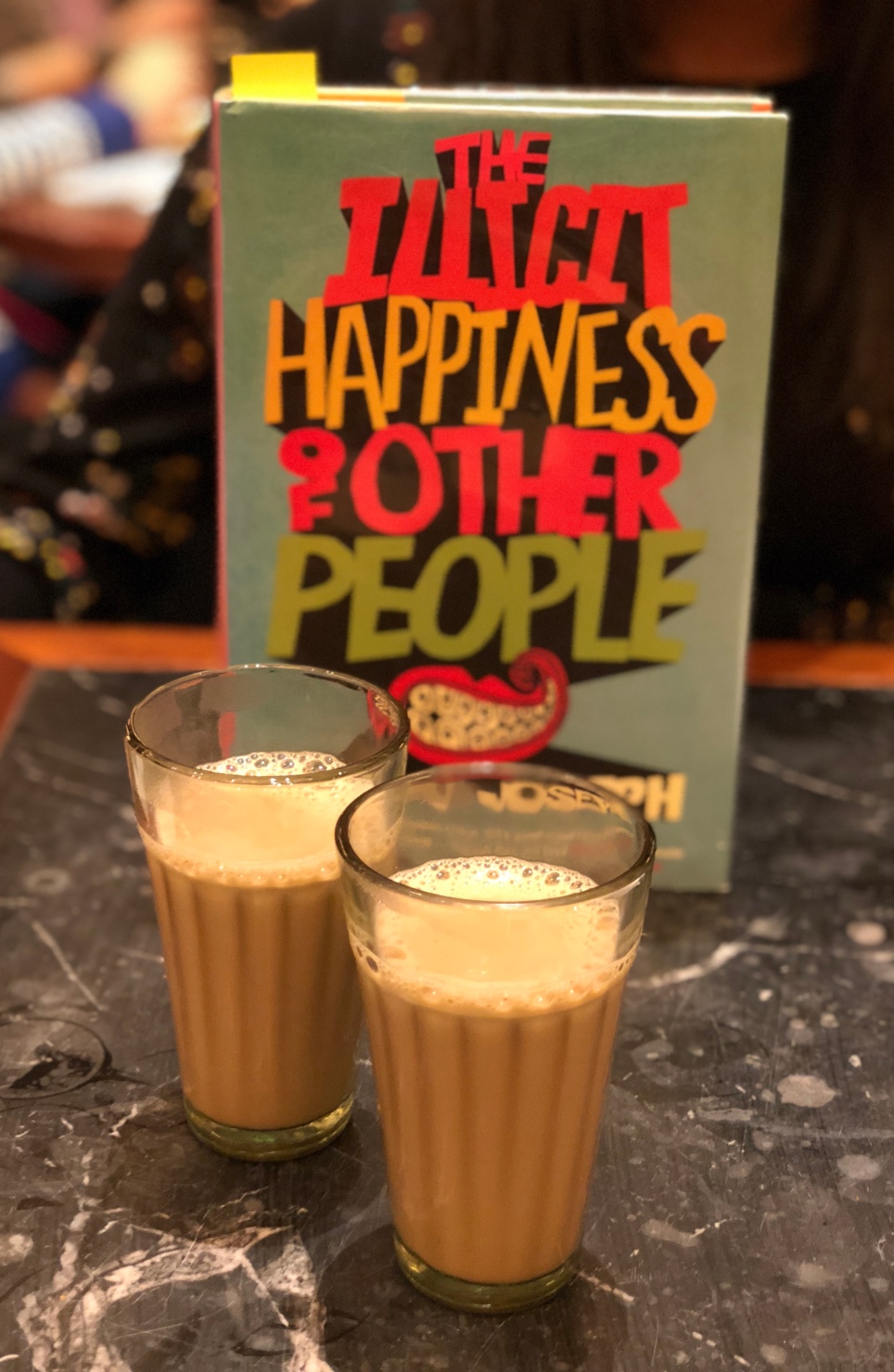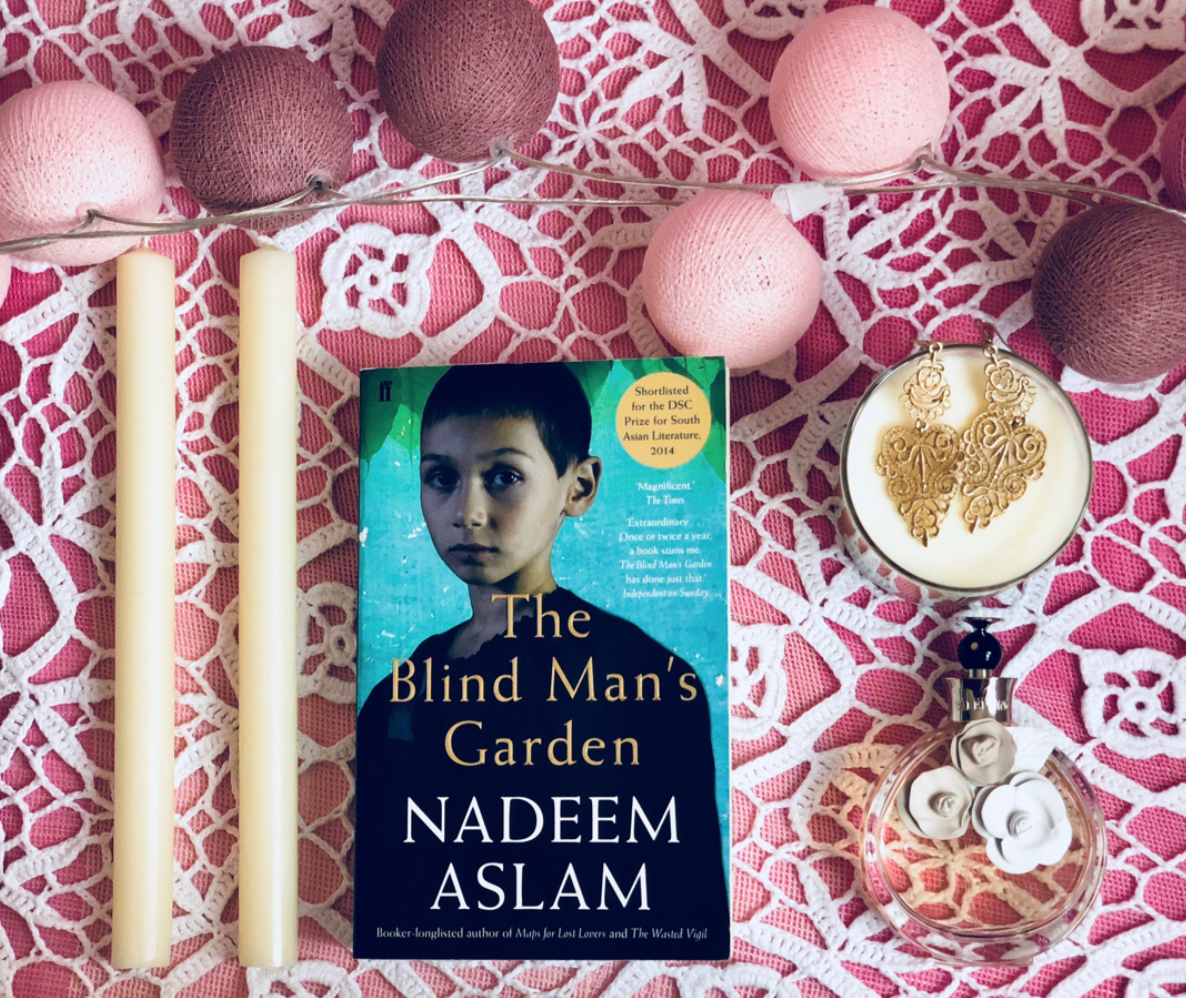Surveying the little scene around her, it occurred to Satsuki that the belief that the ancestral spirits returned at Obon wasn’t something mystical or paranormal, nor was it a metaphor for human existence—it was an expression of how the dead were resurrected through the gestures and actions of the living in the performance of traditional customs and practices.
– The Last Obon
Grief is an extremely short and abrupt word for losses that are so stubbornly hard to define, difficult to experience in a specific shade and impossible to experience in a singular emotion. So in this lies Nakajima’s artistry of combining varying emotional depths and balancing them through her craft of subtle story telling, which enables the readership to not only empathise with her characters, but also relate to their losses. Things remembered and things forgotten is therefore a collection of short stories through which Nakajima has not only woven a collection of memories of a forgotten young post-war Tokyo, but has also delicately sewn in threads of loss and grief, of both, the people and a nation.
When my wife was a shiitake explores the personal and individual journey of a widower’s loss, who stumbles upon his wife’s cookbook that she has annotated with personal notes. He begins a journey of re-discovering his wife, “the wife he wish he’s known…but whom she wanted to keep a secret”. The beauty in this short story was the ending, in how the widower healed, perhaps even unknowingly so.
Arguments have been made that Nakajima wants her readers to know that nothing is remembered forever and the supporting exhibit for this is The Last Obon, the final prose in the collection. In this story, various departed ones returns for the feast. Once the Obon ends, the house is sold and the families pack their bags and leave, suggesting that the departed now have nowhere to go and nobody to remember them. I keep coming back to this and whether or not this is what the author indeed intends to convey to her readership, personal experience and interactions with others has always led me to believe that those gone are never truly forgotten. Hindsight, experience and the absence of people, places and things can no doubt influence what we remember and how we remember it – if for nothing else then at the very least to help the human mind to cope and adapt so it can move forward – but for the essence of something to be truly forgotten and not leave an impact in time and space, that I have yet to see and experience.
Nakajima is known for her interest in post World War II Japan, a nation with thousands of years worth of history, scrabbling to recuperate, rehabilitate and recover from the aftermath of conflict. This interest is clearly evident in her stories, sometimes directly dissecting and examining the topic and sometimes subtly skirting around it. Through her characters and their journeys, there is a sense of collective amnesia of this aftermath and destruction left by the war. In Kiara’s paper plane, she combines the supernatural with the present day to offer a critique of the war experience through a veteran ghost, but also provide a social commentary on poverty, child neglect and need for healing.
In The Life Story of a Sewing Machine, we witness the premium that a sewing machine is, which records eras of contributing to the war effort by churning out clothes, providing a means to a woman’s education and livelihood and eventually being beaten to a pulp, torn apart and abandoned until it is reclaimed and refurbished to resemble a hollow shell of what it might have one day been. The machine is an apt metaphor not only for systems of oppression and exploitation of organisations, institutions and states; but also a critique of the human condition, where we use individual power over each other to determine the outcomes of another with the authority to walk away from carnage. However, there is also hope of some restorative justice; of being held, cared for and loved and of holding something, or someone, tenderly and knowing they will not be their former self, however, as close to that as can be managed.
Karajima directly deals with the role of women and the problem of their bodies being politicised and used in war rhetoric when a woman is interviewed for commercial sex work for GI’s. The author uses the language from Recreation & Amusement Association as used by historical Japanese officials of the time, “Are you prepared to serve as a sexual breakwater to protect and nurture the purity of our race for the next hundred years?”. This point in the story made for reflection of not only the abuse of power insidiously using language that offers a false glimmer of choice, but also the role of war, conflict and sexual violence and the problem of women being the vessels of carrying forward histories, legacies and collective traumas. The story, despite being set in Japan on the backdrop of World War II, is a most pertinent and present day issue.
There are unexpected turns of eroticism but also the examination of women’s sexuality and desire. In The Pet Civet, a young woman considers her aunt to be a withering spinster and was unable to see her in the light of being a woman with physical and emotional needs, especially given that she is an elder. I found this story beautiful as I did the message, that nobody is beyond the human need of love, companionship and physical touch. I have grown up hearing about pious women who do not remarry when their husband’s die or leave them for the sake of continuing the tradition of piety and honour. We have a tendency to see “mothers” as functional units who carry forward lineage, serve not only their men but nations of men and within this we lose sense of the humans behind those duties. So when the realisation of this human need comes from one woman to another, it remains a little more etched in memory.
Things remembered and things forgotten is an wonderful read. It is subtle, tender and gently shows the wounds of people, places and cultures, both individual and collectivist, without failing to offer twists in the story that will leave you pondering. As has been said about Nakajima’s art – you only know half the story.


You must be logged in to post a comment.